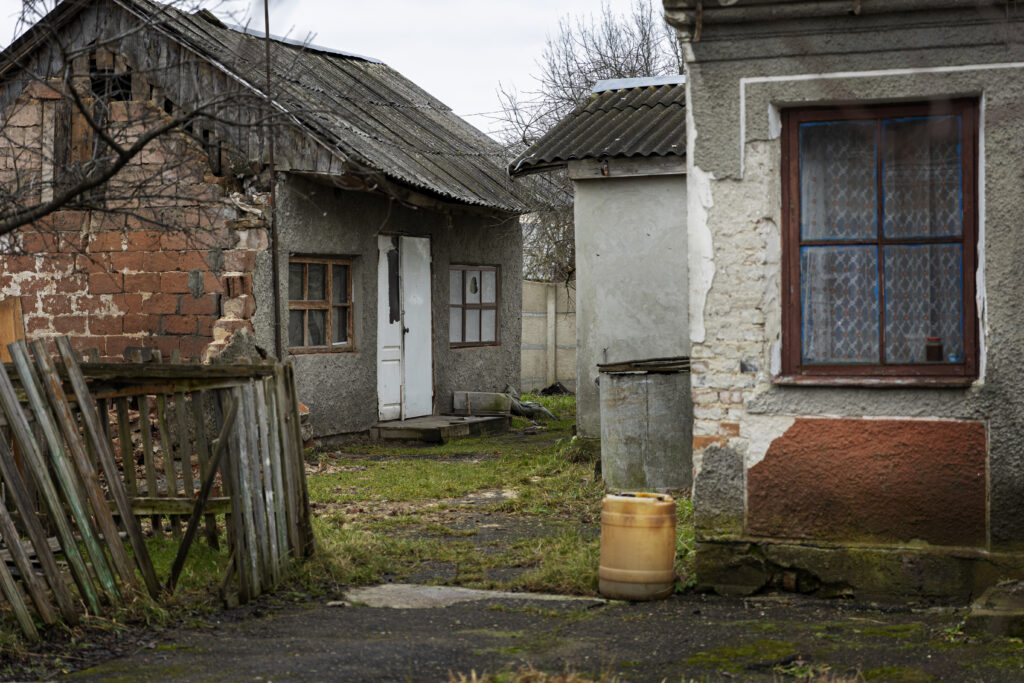
Ireland’s housing crisis is a well documented and widely discussed issue. However, there’s a less talked-about aspect that compounds the problem: the significant amount of waste associated with the derelict properties scattered across the country. These neglected buildings are not just a visual blight; they represent a massive waste of resources that could otherwise be contributing positively to society. This article explores how these properties exacerbate the housing crisis and symbolise a broader problem of waste in terms of space, materials, and potential renewable energy sources.
Wasted Potential Housing
As anyone in Ireland knows, Ireland’s housing shortage is a critical problem, with thousands of families struggling to find adequate accommodation and people struggling to pay extortionate rents for suboptimal accommodation. Meanwhile, there are countless abandoned and decaying properties that could be refurbished to provide much-needed homes. According to the last census in 2022 there were approximately 163,433vacant homes, with a staggering 48,000 empty for over 10 years. Transforming even a fraction of these properties into liveable spaces could significantly alleviate the housing crisis. However, the challenges of ownership disputes, high refurbishment costs, and bureaucratic hurdles often leave these buildings in limbo.
Wasted Space
Derelict properties represent a considerable amount of wasted space in urban and rural areas alike. These structures occupy prime land that could be used for, of course, housing, but also community centres, parks, or commercial development. In cities, where land is at a premium, every abandoned building is a missed opportunity to create vibrant, functional spaces that contribute to the community’s economic and social well-being. In rural areas, revitalising derelict properties could help combat depopulation and rejuvenate local economies.
Wasted Materials
The construction industry is one of the largest producers of waste – 9 million tonnes according to the EPA to be precise – and derelict properties contribute significantly to this issue. The materials used in these buildings (bricks, concrete, plastic, wood, metal, and glass) are often left to deteriorate. This not only represents a financial loss but also a huge environmental one. Reclaiming and recycling materials from derelict properties could reduce the demand for new raw materials, lowering the environmental footprint of the construction industry.
Wasted Roof Space: Potential for Solar Panels and Gardens
The rooftops of derelict properties are a largely untapped resource. In a country like Ireland, which has committed to increasing its renewable energy output, these roofs could be used to install solar panels. Harnessing solar energy from these buildings could contribute to Ireland’s green energy goals and reduce reliance on fossil fuels. Additionally, rooftop gardens could be established, providing more green spaces in urban areas, improving air quality, and enhancing biodiversity.
Potential Solutions and Innovations
Addressing the problem of derelict properties requires a multifaceted approach:
- Policy Reforms: Streamlining the legal and bureaucratic processes involved in refurbishing derelict properties is crucial. Simplified planning permissions and tax incentives for renovation projects could encourage developers to invest in these buildings.
- Community Initiatives: Local communities can play a vital role in identifying and revitalising derelict properties. Community land trusts and cooperative housing models have been successful in other countries and could be adapted to the Irish context.
- Sustainable Practices: Promoting sustainable construction practices, such as using reclaimed materials and integrating renewable energy solutions, can make the refurbishment of derelict properties more environmentally friendly.
- Public Awareness: Raising awareness about the potential of derelict properties can mobilise public support for initiatives aimed at tackling this issue. Highlighting successful case studies where derelict buildings have been transformed can inspire action and demonstrate the benefits of such projects.
Conclusion
Derelict properties in Ireland are more than just an eyesore; they are a significant wasted resource in terms of space, materials, and potential renewable energy. By transforming these neglected buildings into functional, sustainable spaces, Ireland can make strides towards a more efficient and equitable use of its resources. We at ZWAI see the potential for these neglected spaces and aim to advocate for a more sustainable built environment in our work!
